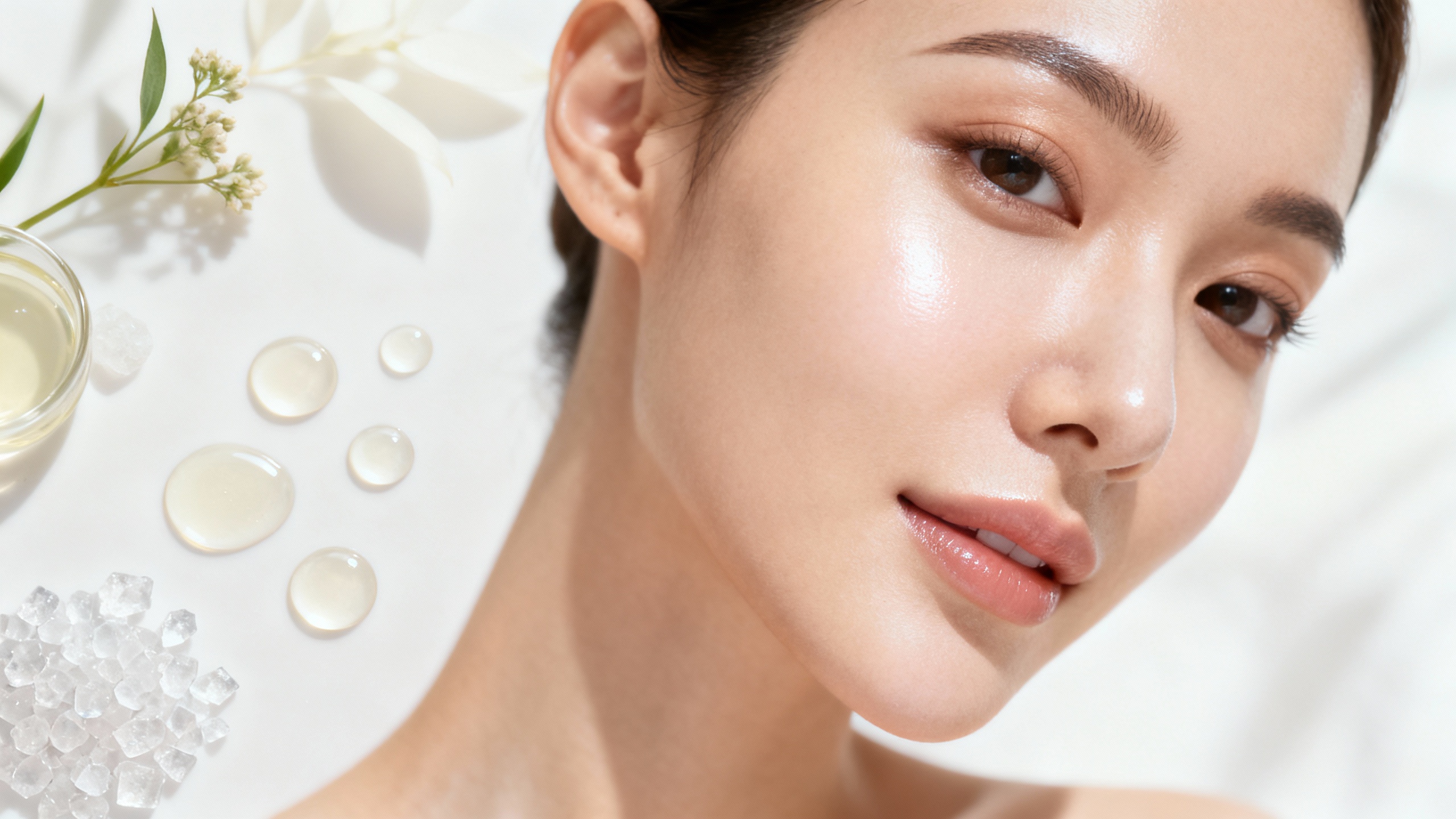Published 5 February 2025
Treatment Paths to Fade Age Spots

Choosing a Treatment Philosophy
Managing age spots effectively means combining lifestyle adjustments with targeted therapies that break up pigment and guard against future discoloration. Whether you prefer minimal downtime or are ready for advanced procedures, align your strategy with the coping-and-relief tier of the Age Spots category. Start with the least invasive option that still meets your expectations, then layer additional support if progress stalls.
Before beginning any new regimen, capture baseline photos in good lighting and schedule a consultation with a board-certified dermatologist to confirm that each lesion is benign.
Topical Ingredients That Deliver
Hydroquinone and Alternatives
Prescription-strength hydroquinone remains the gold standard for lightening localized spots. For those seeking gentler options, tranexamic acid, kojic acid, azelaic acid, and arbutin can provide gradual fading with fewer side effects.
Retinoids for Turnover
Tretinoin or encapsulated retinol accelerates cell renewal, helping pigment disperse. Pair retinoids with calming moisturizers to minimize peeling, and use them on alternating nights until your skin adjusts.
Combination Creams
Dermatologists often prescribe triple-combination formulas blending hydroquinone, retinoids, and mild steroids. These synergistic products shorten treatment time but should be used in cycles to avoid rebound pigmentation.
Energy and Procedural Interventions
Intense Pulsed Light (IPL)
IPL targets brown pigment with broad-spectrum light, making it ideal for patients with lighter skin tones. Expect mild redness and temporary darkening before spots flake off within a week.
Fractional Lasers
For mixed discoloration and textural concerns, fractional lasers such as Fraxel Dual resurface the skin and stimulate collagen. Discuss downtime, phototype suitability, and post-care diligently to avoid complications.
Chemical Peels and Cryotherapy
Medium-depth peels using TCA or Jessner’s solution lift pigment while refining pores. For isolated lesions, cryotherapy with liquid nitrogen can freeze and slough spots quickly. Always demand practitioner expertise to prevent hypopigmentation.
Supportive Care After Treatments
Post-Procedure Protection
Shield freshly treated skin with broad-spectrum sunscreen, wide-brim hats, and gentle cleansers. Avoid retinoids or exfoliants until your provider clears them.
Hydration and Barrier Repair
Use bland emollients rich in ceramides, petrolatum, or panthenol to lock in moisture. Healthy skin barriers heal faster and maintain results longer.
Maintenance Schedules
Plan maintenance sessions or topical cycles every few months. Consistent touch-ups ensure pigment remains at bay and align with long-term anti-aging commitments.